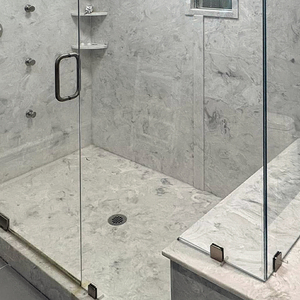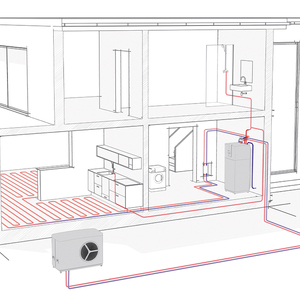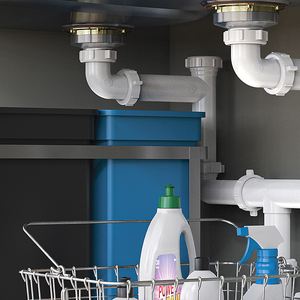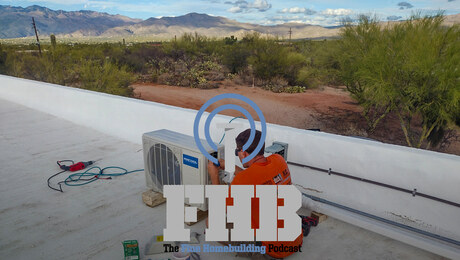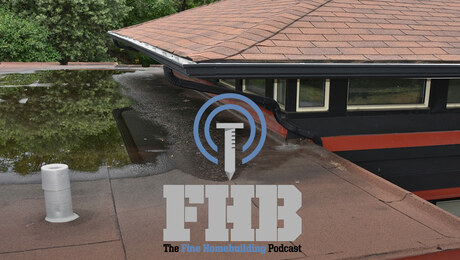Q:
Can you tell me why dual-element water heaters are wired so that only one element operates at a time? Can they be wired so that both operate simultaneously?
Joseph Kaye, Phenix, VA
A:
Mark Eatherton, a plumbing and heating contractor in Denver, Colorado, replies: Most residential electric water heaters come from the factory equipped with two 4500w heating elements.There is generally a lower element near the bottom of the tank and an upper element about one-quarter of the way from the top of the tank. Each element is controlled by its own thermostat.
A 4500w element produces an electrical draw of 20.4 amps at 220v.Two 4500w elements operating at the same time would draw 40.8 amps, which generally exceeds the standard residential circuit-breaker capacity as well as the amp rating for typical residential wiring.Wiring the heater so that both elements operate at the same time would require much heavier wire and a circuitbreaker capacity high enough to handle the doubled electrical requirement.
For the system to work within the confines of the residential setting, the thermostats are interlocked so that only one element functions at a given time. Generally, when hot water is drawn from the tank, cold water is introduced into the bottom of the tank.The lower element is the first to see this demand for hot water. The lower thermostat then turns on the lower element and begins heating the water. If the hot-water use is short in duration, the lower element usually satisfies the demand, and the upper element never comes on.
If the hot-water demand is long duration and the tank becomes filled with cold water, the upper thermostat eventually sees the cold water, and its thermostat turns on the upper element. At the same time, the lower element is shut off.
The water heater’s upper element stays on until its thermostat is satisfied (or the tank is about one-quarter full of hot water).At this point, the upper element shuts off, and the lower element comes back on until its thermostat is satisfied.When the lower thermostat is satisfied, all the elements are shut off. This switching of the upper and lower elements is done in an effort to counteract the natural thermal stratification, or stacking, of hot water.



